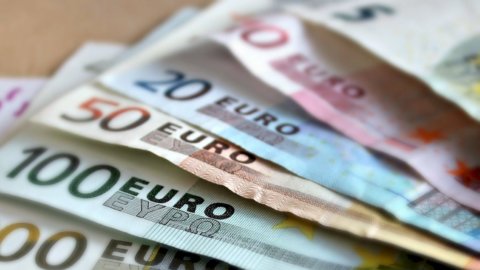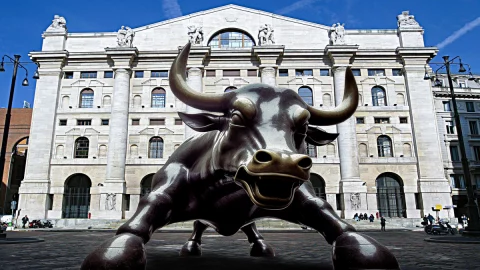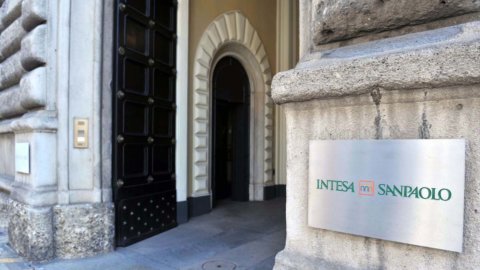Scythe blow by Standard & Poor's forecasts on the trend of the Italian GDP for 2022. The American rating agency announced on Monday the new estimates on Italian growth for this year: + 3,1 %. The data is contained in the latest report by S&P Global Ratings which outlines the economic outlook for the Eurozone.
Only last November, Standard & Poor's had forecast a much larger rise in the gross domestic product of our country: +4,7%.
The update is actually the second in a few weeks made in light of the war and the soaring prices of raw materials.
On March 8, in fact, precisely because of geopolitical tensions, S&P had already revised downwards the global estimates of the impacts on the economy, but these were provisional calculations (in that report - which contained preliminary estimates - for Italy expected a rise in GDP reduced to +3,3% for this year). Now come the definitive estimates of S&P which lower the growth trend of the Italian GDP to +3,1% for 2022.
For the next two years, the updated growth forecast for our country's GDP improves, rising to +2,1% in 2023 (from +1,8% estimated in the autumn) and to +1,5% in 2024 (from +1%). It is inevitable, however, that these are estimates characterized by a high margin of uncertainty, given the difficulty of predicting the trend and consequences of the war between Russia and Ukraine.
Eurozone GDP 2022: S&P reduces the estimate to +3,3%, "but no recession"
“Thanks to strong recovery momentum and sufficient cash reserves, S&P does not expect a recession in 2022, but rather a slowdown in GDP growth to 3,3% this year, versus 4,4% previously expected”. This is the passage of the S&P report dedicated to theEurozone.
The economies of the Old Continent, net importers of energy, are preparing “for a slowdown, with the increase in oil and gas prices in response to the Russian-Ukrainian conflict. The purchasing power of households will weaken, with inflation expected to reach 5% this year and remain above 2% in 2023”.
If however the downside risks do not materialise, S&P believes that the ECB "may be in a position to raise rates in December – continues the report – above all because inflationary pressures are destined to last longer than before the outbreak of the Russian-Ukrainian conflict”.
However, the agency "recognizes the possibility of an initial rate hike starting in September".





